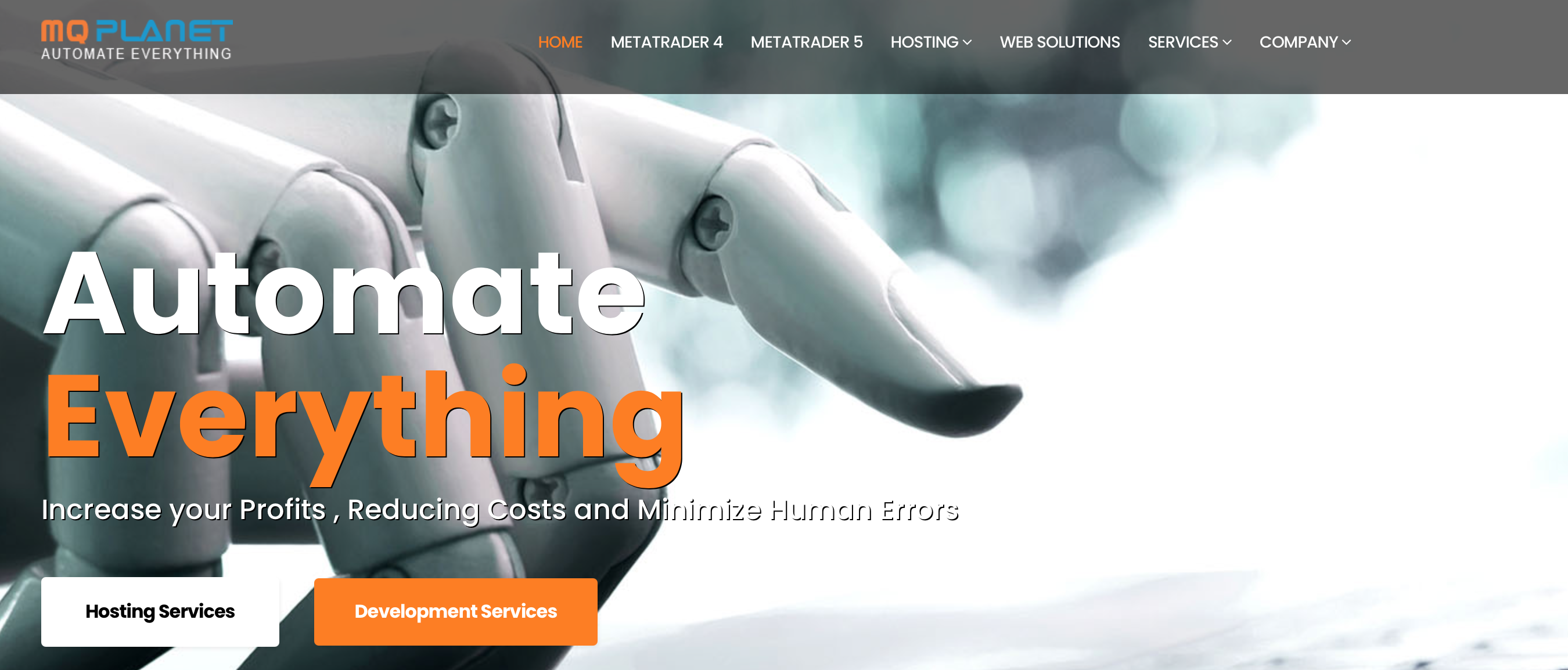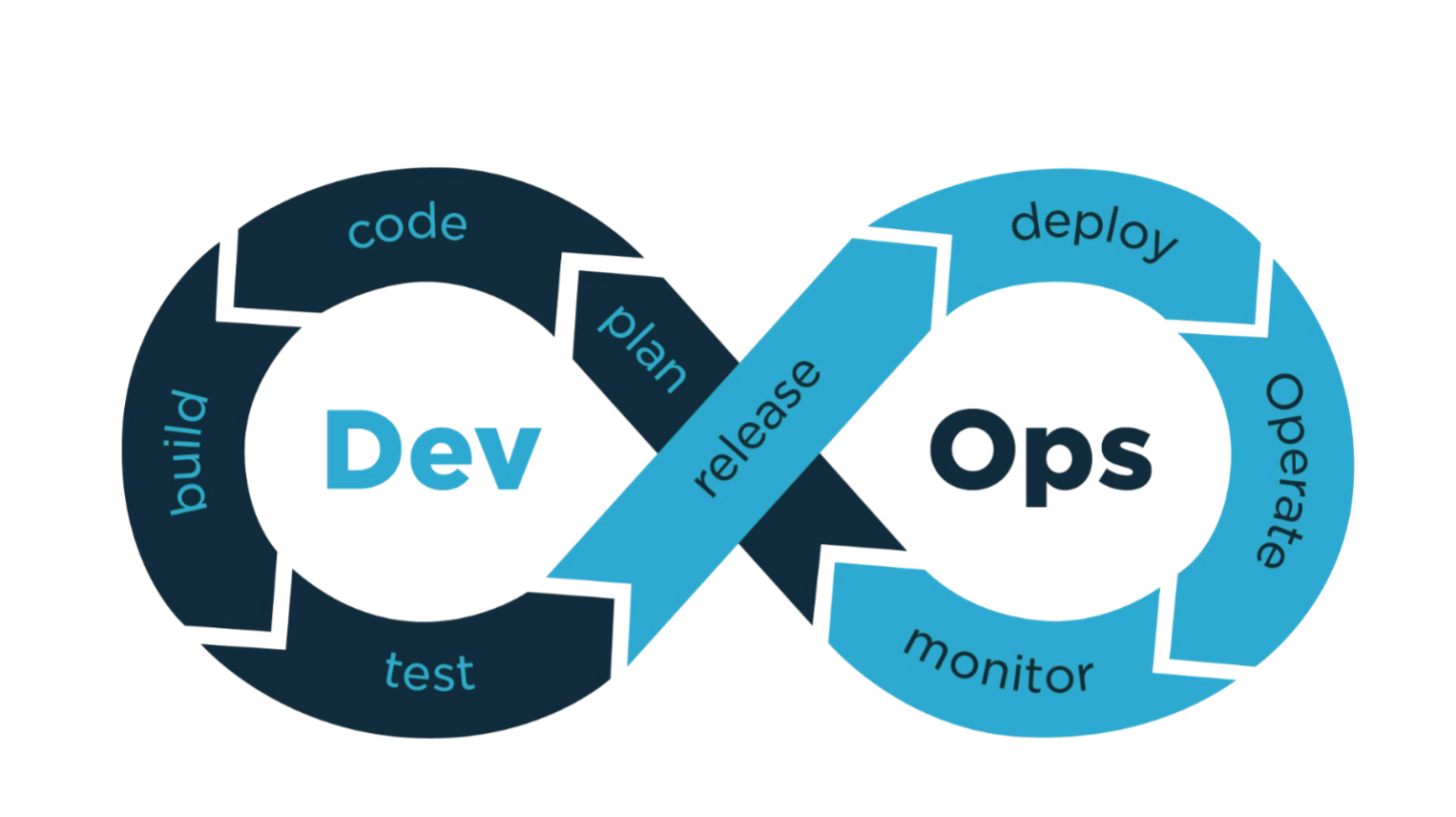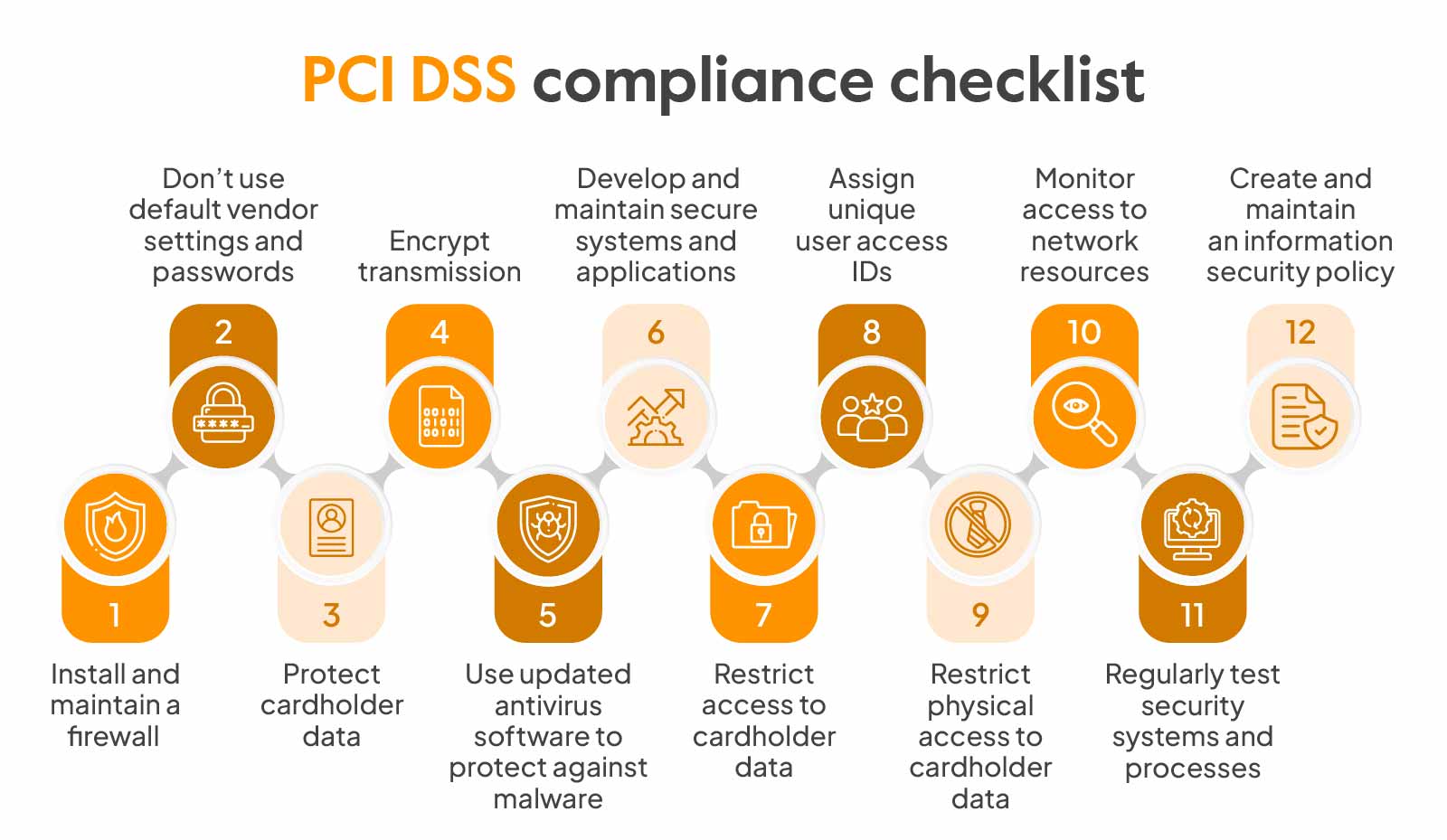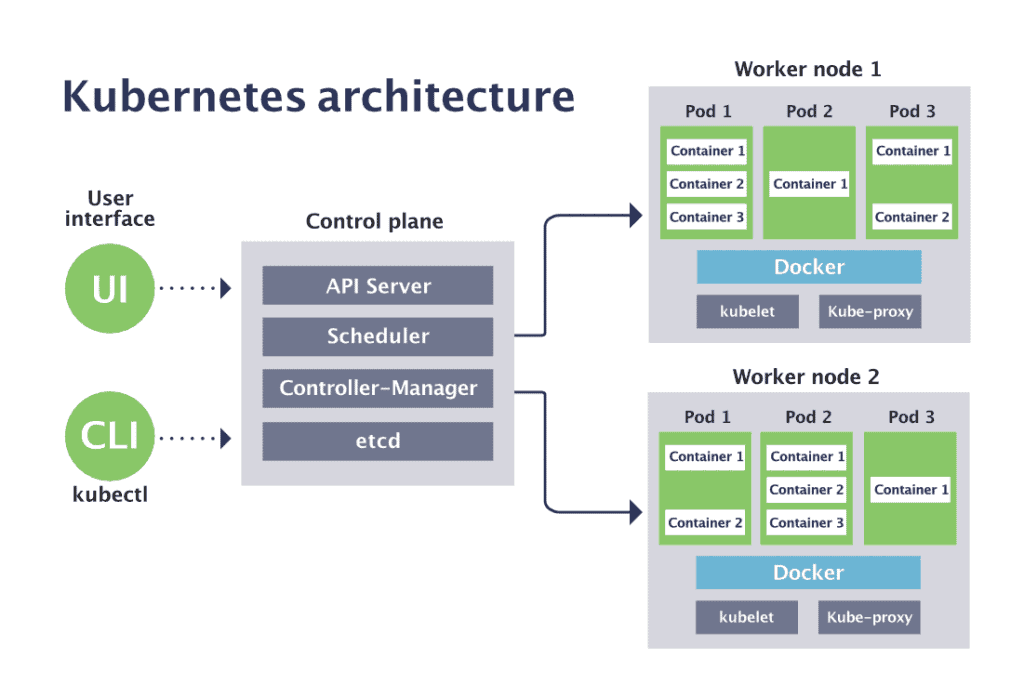AWS Cost Optimization Best Practices
Cloud cost optimization is the process of optimizing the overall expenditure your business incurs on AWS cloud computing by Applying the best practice approach of right-sizing, reserved instances, elasticity, and a measure/monitor/improve cycle.
The main pillars that need to be considered in the process
- AWS server type
- Number of servers
- Database usage
- Storage capacity and size
- Data transfer costs
- Domain costs
Uncovering the mismanaged resources, reserving capacity for better discounts, reducing AWS data transfer costs, and eliminating waste is the main aim of all successful businesses.
It Is Always the Right Time
Business owners or and higher management team is always in the lookout for optimizing the expenditure, and here are the areas where the cost occurs.
EC2 instances – virtual servers in AWS Elastic Computing Cloud that allow customers to run applications on the infrastructure.
EC2 instances on your AWS server account for the biggest costs, about 62%. The most expensive EC2 instance is the p3dn. 24xlarge. Running it on a Linux OS costs about $31.212 per hour and $35.628 per hour on a Windows OS.
EBS (elastic block storage) – EBS is a block-level storage solution used by AWS customers account for up to 17% of AWS costs.
As a result, unreasonably high storage bills might mean that your infrastructure stores obsolete EBS (elastic block storage) volumes or the cloud sizing doesn’t fit your needs. Either way, you can track cloud costs on your Billing and Cost Management console, but it wouldn’t be helpful unless you know the specific ways of AWS costs optimization.
alongside E2C cloud service to store persistent data. EBS storage can account for up to 8% of AWS costs. Here, AWS can charge you for restoring EBS volumes and snapshots.
RDS – Amazon Relational Database Service (RDS) facilitates the setup, operation, and scaling of relational databases in cloud infrastructure. RDS can account for 7% of AWS costs. AWS includes the costs of Oracle database licenses in the RDS service price since customers don’t have to bring their licenses.
Other services – Other services, such as outbound data transfer, storage, and computing.
Cost Goes Down, Performance Stays the Same
Cost optimization is a business-focused, continuous discipline to drive spending and cost reduction, while maximizing business value.The key factor for a successful cost optimization strategy, is lowering the expenditure while maintaining the same performance level, and this can be accomplished by applying multiple strategies for each model.
AWS Savings Plans
Some businesses can predict their requirements for certain resources over a certain period. For instance, if you are a small business, you can start by making annual commitments for Amazon Web Services. This will allow you to keep using these services for a long time.
by making annual commitments with Amazon Web Services. That means you are promising to use a steady amount of cloud computing services between 1 to 3 years. In general, you can reduce your AWS costs even more by choosing the All-Upfront payment plan lasting for 3 years. Typically, you make one upfront payment and benefit from a steep discount of up to 63% in the third-year term. This is especially if you have everything figured out pretty well, including seasonal demands for your product or service to ensure that you only pay for your required usage.
Architecture Assessments & Improvements
Not all guides on how to reduce AWS costs will tell you about architecture improvements during cloud migration as viable options.
But in the real sense, modern architecture types, by leveraging various service providers can help balance your cloud spending. For instance, it can be possible to optimize specific service-level requirement costs by partnering with different cloud vendors, such as AWS, Azure or Google Cloud.
Alternatively, you can opt for hybrid cloud computing by leveraging both on-premise and cloud infrastructure. In that way, working on the existing servers, power supply, and cooling systems, or networks can minimize the costs associated with porting the applications to a cloud environment.
Removing Unattached EBS Volumes and Aged Snapshots
Launching an EC2 instance comes with an attached EBS (Elastic Block Storage) as the local block for storage. Every time you launch an instance, an EBS is attached to the storage, which can translate to thousands of unnecessary EBS volumes, increasing costs beyond your anticipated budget.
Keeping in mind that, AWS still charges for storage capacity, even if you’re not using the EBS volumes. For this reason, always check the AWS console box to delete these unattached EBS volumes after terminating the instance.
EBS snapshots, which are basically backups of your data, are essential for recovery purposes. However, this is mostly true for only recent snapshots. Think of aged snapshots as obsolete, especially after serving their intended purposes. Unless you delete aged snapshots, you’ll continue paying for them.
Zombie Assets
“Zombie assets” are obsolete or unused assets that exist within your infrastructure, contributing to unnecessarily high AWS costs. In AWS and cost optimization, zombie assets are considered as RDS and EC2 instances’ failed components and underutilized Elastic Load Balancers. Typically, load balancers are used to distribute system traffic but often cause surges in AWS costs when they remain unused.
Rightsized EC2 Instances
It’s common for AWS customers to incur the costs of what they provision instead of use, unknowingly.
But how do you right-size EC2 instances? First, you need to:
Turn off idle instances. You can turn off non-production instances at night and during weekends to save money.
Understand your memory and CPU usage. Monitor disk I/O, network, disk space, and disk swap utilization to determine what you need to use on average.
Leverage AWS Well-Architected framework. This tip gives you insights into trade-offs and implications of your decisions to spot opportunities that require improvement.
Choose or migrate to the right instance family. Rightsized to migrate to the right instance family and save costs on infrastructure maintenance.
Cloud Migration Planning
Before you start planning a cloud migration, it’s important that you have a plan that includes a strategy for reducing the amount of storage bills that you will have to pay in the future. You should also determine the level of cloud integration that you want. Also, it’s important to find a reliable and experienced migration company.
Cloud Migration Planning Key Factors:
- Create a data migration plan to minimize future storage bills
- Assume the migration-architect role to determine migration priorities
- Choose the right level of cloud integration — shallow or deep cloud integration
- Decide whether you want single or multi-cloud computing
- Do necessary refactoring first to minimize the actual migration costs
- Find a reliable and experienced cloud migration company
In Conclusion
Cost optimization is a challenging process and CloudVests will apply cost optimization design principles such as:
Implementing cloud financial management
Building capability through knowledge building, programs, resources, and processes to help you become a cost-efficient organization
Adopt a consumption model
Pay only for the computing resources you consume, and increase or decrease usage depending on business requirements
Measure overall efficiency
Measuring the business output of the workload and the costs associated with delivery and utilizing this data to understand the gains you make from increasing output, increasing functionality, while reducing cost.
Analyze and attribute expenditure
Accurately identify the cost and usage of workloads, which will allow a transparent attribution of costs to revenue streams and individual workload owners.










